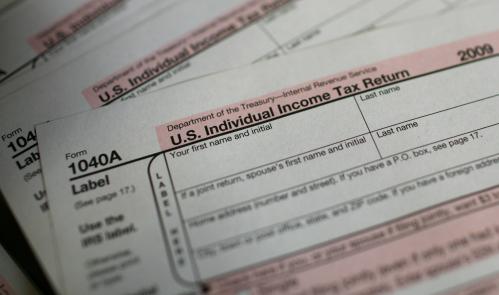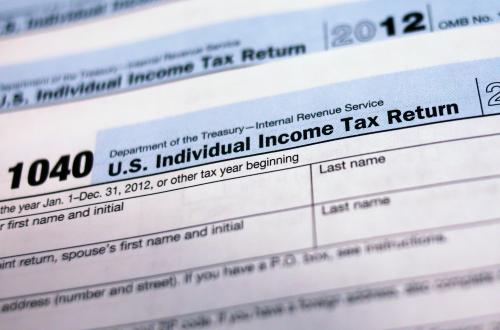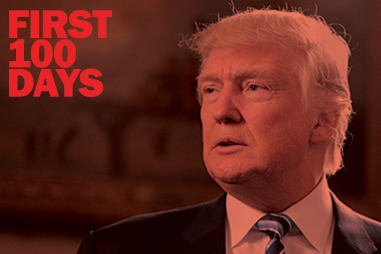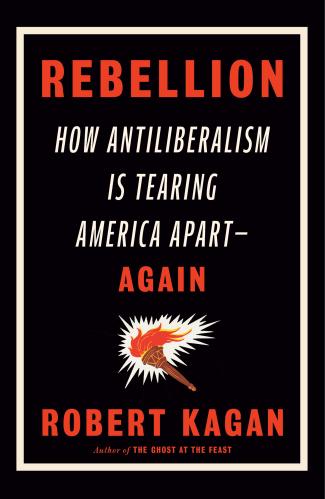Over the past two weeks, President Trump and his advisors have been issuing conflicting statements on plans for future tax cuts. In recent days, the administration’s economic policy declarations have had the substance of a nativist MadLibs and the erraticism of a Plinko game. But wherever the chip lands on tax cuts, it is unlikely to aid Republican electoral chances.
On August 20th, the president told reporters in the Oval Office that he had been “thinking about payroll taxes for a long time”—an apparent hint that tax cuts could occur prior to the 2020 election. A day later he reversed his position saying “We don’t need it. We have a strong economy.” Adding to the confusion, National Economic Council Director Lawrence Kudlow announced on Fox Business Network, “You very may well see a new rollout of additional middle-class tax relief and small-business tax relief.” Finally the president said last Saturday that if Republicans win back the House and keep the Senate, voters could expect a middle class tax cut if he is reelected.
Republicans remain mired in a Reagan-era mindset in which tax cuts are the key to electoral success, but tax cuts today are not the guaranteed winner they once were. The 2017 Tax Cuts and Jobs Act reduced revenues and increased inequality without spurring growth. It was also a political failure. Most voters don’t believe that their tax liability has changed or that they received a higher refund because of the TCJA. Though the Tax Policy Center found that 80% of taxpayers would receive a tax cut from the TCJA, an April NBC/Wall Street Journal Poll found that only 17% of people believed that they received a tax cut, including just 10% of independent voters. One reason: the tax cuts for most Americans were very small.
Another reason voters tend to forget about tax cuts is that their effects are often “submerged.” The economic stimulus package passed by Congress and signed by President Obama in 2009 included a sizeable tax credit aimed at low- and middle-income workers. Spreading the benefit over multiple paychecks was economically logical, but made it uncertain whether “Americans would clearly recognize that the extra funds” were due to Obama’s legislation. Though 95% of working people received a tax cut, Americans did not notice; one year later, a CBS poll found that twice as many individuals believed their taxes had been increased as reduced.
Even if they noticed a new tax break, vanishingly few Americans would see it as a priority over other issues. For the past six months, Gallup polling on the most important problem facing the nation indicates that a bare one percent of Americans think taxes are the most important issue facing the nation. And what bothers Americans about taxes is rarely the amount they pay. In fact, over half of Americans feel as though they pay the right amount in taxes. Most are more concerned that wealthy people and corporations don’t pay their fair share, rather than that their own taxes are too high.
At the end of the day, the administration’s talk about taxes are a sideshow. That marks an enormous shift in the Republican Party. Tax cuts, promoted with a dog-whistle politics about “taxpayers” versus “welfare recipients,” have long been the central plank of the Republican platform. No more. At a 2018 tax roundtable President Trump was famously was too bored to promote the summary of the 2017 tax law, throwing his notes over his shoulder and going on a diatribe about “millions” of people voting illegally and the threat of Mexican rapists. In so doing, Trump returned to the core motivation of his base: racism and xenophobia. It is the subject about which Trump shows the most coherence, and is vastly more dangerous to the American body politic than even his most arbitrary and delusional economic pronouncements.











Commentary
Trump and the waning power of tax cuts in Republican party mobilization
September 3, 2019